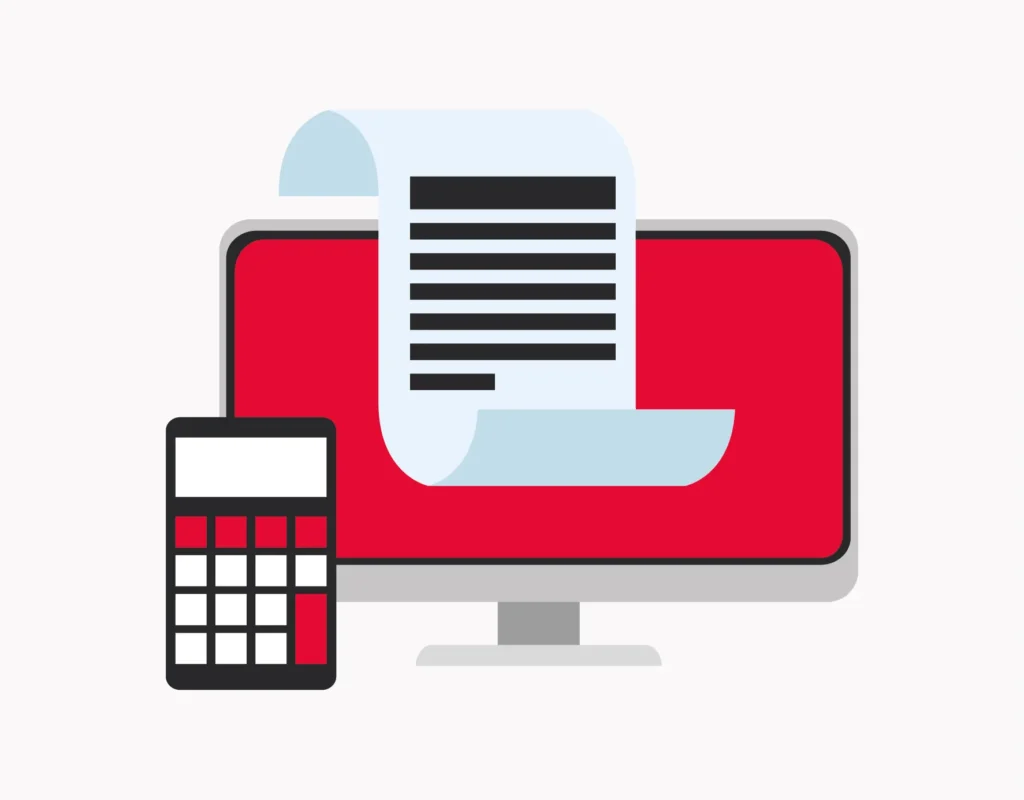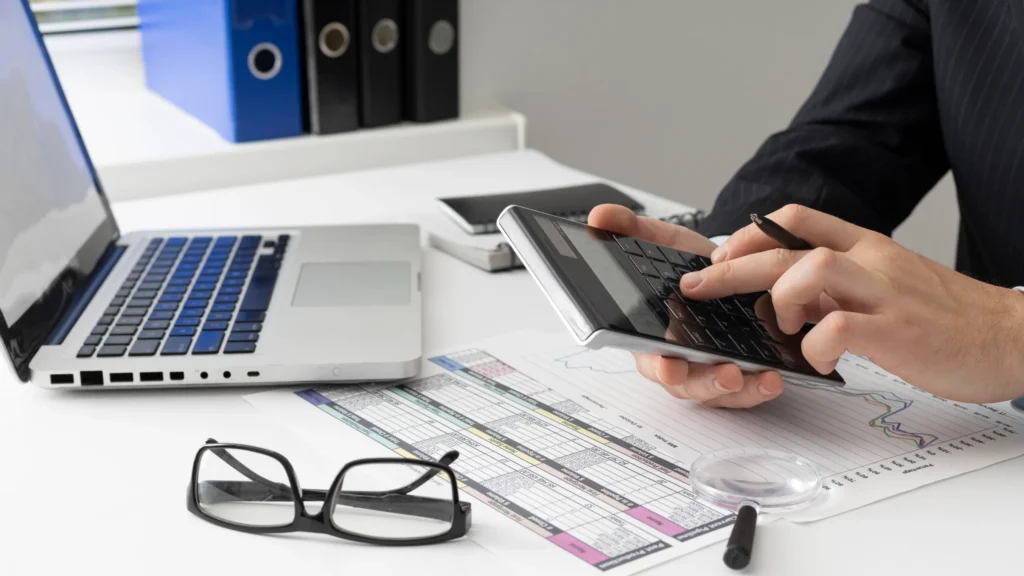
Streamlining your accounts payable and receivable is not an easy task but with the right tools and an effective approach, it becomes a much simpler process. We have put together a process that can be easy to follow for your company.
Before anything, we must first understand exactly what constitutes accounts payable and receivable before exploring their processes, so we will take it one step at a time and explain the effectiveness of both.


Accounts payable (AP) is the amount of money that a business owes to its vendors or suppliers for goods or services that have been received but have not yet been paid for. In other words, it represents the money that a business owes to others for goods or services that have already been provided.
When a business receives an invoice from a vendor for goods or services received on credit, it creates an accounts payable. The business records the accounts payable as a liability on its balance sheet until the invoice is paid, at which point the liability is reduced, and the payment is recorded as a cash outflow.
To manage accounts payable effectively, businesses need to keep track of all invoices received, establish clear payment terms and procedures, and monitor and reconcile their accounts payable regularly. By doing so, they can ensure that they maintain good relationships with their vendors and suppliers while also managing their cash flow effectively.

Streamlining accounts payable is an essential process for any business to ensure that its financial operations run smoothly and efficiently. Here are some steps that can help you streamline your accounts payable process:
Automate the process: Implementing an automated accounts payable system can help reduce manual errors, speed up the payment process, and save time. Consider using accounting software that offers accounts payable automation to streamline the process.
Set up a centralized accounts payable system: A centralized accounts payable system can help keep track of all invoices, payments, and vendor information in one place. It can also help ensure that invoices are processed on time and prevent duplicate payments.
Establish clear policies and procedures: Having clear policies and procedures for accounts payable can help ensure that all invoices are processed consistently and accurately. This can include setting up guidelines for approving invoices, setting up payment terms and deadlines, and managing vendor relationships.
Use electronic payments: Switching to electronic payments can help speed up the payment process and reduce the risk of errors associated with manual checks. This can include using online banking, ACH transfers, or electronic payment processing systems.
Monitor and analyze accounts payable data: Regularly monitoring accounts payable data can help identify areas for improvement, such as identifying the vendors with the longest payment terms or the most frequent late payments.
Implement a vendor management program: Developing a vendor management program can help ensure that vendor relationships are managed effectively. This can include tracking vendor performance, negotiating better terms, and developing strategic partnerships with key vendors.
By following these steps, you can streamline your accounts payable process, reduce manual errors, and save time and money.

Accounts receivable (AR) is the amount of money that a business is owed by its customers for goods or services that have been provided but have not yet been paid for. In other words, it represents the money that a business has a right to receive from its customers in the future.
When a business makes a sale on credit, it creates an account receivable. This means that the customer is invoiced for the amount owed, and the business records the sale as revenue and the amount owed as an asset. The account receivable is then monitored until the customer pays the invoice, at which point the amount owed is recorded as a cash receipt, and the account receivable is reduced by the same amount.
Accounts receivable is an important part of a business’s cash flow, as it represents money that the business expects to receive in the future. However, it also carries a risk of non-payment or late payment, which can impact the business’s financial health. As a result, businesses need to manage their accounts receivable carefully to ensure timely payment and minimize the risk of non-payment.

Streamlining accounts receivable is crucial for any business to ensure that it has a steady cash flow and to maintain healthy customer relationships. Here are some steps that can help you streamline your accounts receivable process:
Establish clear payment terms: Clearly stating payment terms and deadlines can help prevent misunderstandings and late payments. Make sure to communicate these terms to your customers in writing and follow up with reminders as the payment deadline approaches.
Invoice promptly and accurately: Timely and accurate invoicing is key to ensuring timely payments. Make sure to invoice your customers as soon as possible after the sale, including all relevant information such as the due date, payment methods, and any discounts or penalties.
Offer multiple payment options: Providing customers with multiple payment options, such as online payments or automatic payments, can help streamline the payment process and reduce the risk of late or missed payments.
Monitor and follow up on overdue payments: Regularly monitoring overdue payments and following up with customers can help ensure that payments are made on time. This can include sending reminders, making phone calls, or even using a collections agency if necessary.
Use technology to automate the process: Implementing an automated accounts receivable system can help reduce manual errors, speed up the payment process, and save time. This can include using accounting software that offers accounts receivable automation or online invoicing systems.
Conduct credit checks on new customers: Conducting credit checks on new customers can help identify potential risks and reduce the likelihood of non-payment. This can include reviewing credit reports, checking references, and setting credit limits for new customers.
Develop a collections policy: Developing a collections policy can help ensure that late payments are handled consistently and effectively. This can include setting up a timeline for follow-up actions and establishing clear guidelines for when to escalate the collections process.
By following these steps, you can streamline your accounts receivable process, reduce the risk of non-payment, and maintain healthy customer relationships.